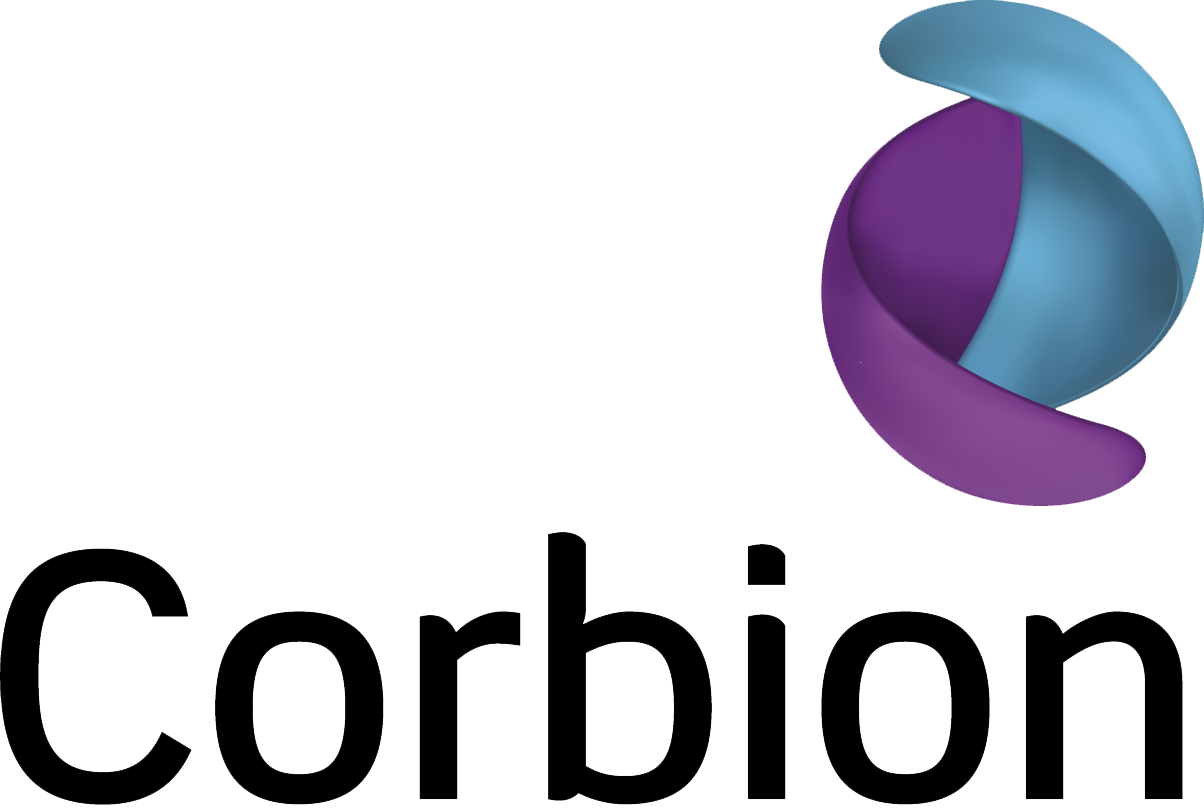Climate-related financial disclosures
The Task Force on Climate-related Financial Disclosures was established to improve transparency on the risks and opportunities related to climate change. The TCFD distinguishes between two categories of climate-related risks: (1) risks related to the transition to a lower-carbon economy and (2) risks related to the physical impacts of climate change. Corbion supports the TCFD recommendations and is committed to identifying and addressing both our own impact on the climate and the potential impact of climate-related developments on the company. Climate-related risks are disclosed at three levels of detail. Top risks are addressed in the general risk assessment. More detail on these risks and the scenario analysis process is provided here, in line with the TCFD recommendations, while full detail and initial quantification of climate-related risks and opportunities are disclosed through the CDP questionnaire.
Governance
The governance of climate-related risks and opportunities is described in the Sustainability governance section in this chapter.
Strategy
Our Advance 2025 strategy builds on Corbion’s fundamentals and strengths by bringing further focus to the business portfolio in alignment with global megatrends, including climate change. Corbion is very well positioned to support and leverage the transition to a low-carbon economy. Examples of how we will benefit from the associated opportunities are PLA bioplastics (through our joint venture with TotalEnergies) and our Algae Ingredients business unit. We are reducing our exposure to transition risks such as carbon pricing through several GHG reduction initiatives, which are described in more detail in the Climate action section in the Sustainability performance chapter.
In 2022, we raised our climate ambition to align with 1.5°C. We committed to reducing our absolute Scope I and II emissions by 38% and our Scope III emissions by 24% per metric ton of product, both compared to 2021. Our new targets have been validated by the Science Based Targets initiative. Corbion is also committed to reaching net-zero emissions by no later than 2050 and is currently preparing to submit a net-zero target to SBTi for validation. One of our strategies to mitigate the impact of physical risks is the diversification of our primary feedstocks and sourcing locations through, among others, our R&D on alternative-generation sugar feedstocks.
Scenario analysis
In 2019, Corbion joined hands with Utrecht University in the Netherlands to initiate a pilot study on the application of scenario analysis for small-to-medium-sized enterprises. This pilot has now been completed and is briefly summarized below. A full outline of the methodology used can be found in the joint publication in Wiley's Business Strategy and the Environment.
In line with the TCFD recommendations, we have assessed both transition and physical risks through the evaluation of a transition scenario and physical risk scenario. Over the course of two workshops, senior managers were challenged to guide Corbion through a series of relevant events. In the first workshop, the focus was on potential transitional events that could have an impact on Corbion’s business, while the second workshop focused mostly on physical risks. We performed the scenario analyses for each of our three business units separately, using the same format but tailoring the scenarios to cover topics, events, and geographical regions relevant specifically to that business unit.
Key assumptions for the transition scenario included a carbon price ranging from € 50 to € 150/t CO2 equivalent, either globally or locally, stricter governmental regulations on different fronts, increasing competition between natural and agricultural lands with, as a consequence, competition between food and non-food crops, and changing consumer preferences.
Key assumptions for the physical risk scenario included an increase in the number and/or intensity of extreme weather events, increased water stress in certain regions with corresponding yield reductions in agricultural areas, supply chain disruptions, and a reduced demand for biobased solutions.
The outcomes of the risk workshops were presented to the Executive Committee. As a follow-up, it was decided to improve the quantification of the business continuity and supply chain risks. In order to better quantify these risks, we selected a vendor providing a climate-risk modeling tool. This has helped us get insights into the specific climate hazards and how they evolve over time at our manufacturing sites in the different climate scenarios provided by the Intergovernmental Panel on Climate Change: RCP2.6, RCP4.5, and RCP8.5. The climate hazards assessed include drought, extreme cold, extreme heat, hurricane, intense precipitation, river flood (local), river flood (regional), water availability, and wildfire. The hazards are classified in different risk categories ranging from very low to very high risks. We assessed all hazards with a high or very high risk score. We have integrated this risk analysis with our business continuity assessment, where we discussed these risks with site management to combine modeled risks with site-specific knowhow and experience.
In general, we see that the impact is limited. For example, at our site in Orindiúva, Brazil, the risk of wildfire was the only risk classified as high or very high in 2050. Compared to the wildfire risk for today, the risk level is the same. We have several mitigations in place, such as a fire brigade on site and a vegetation-free area around our site. At our site in Blair, Nebraska (US), river flooding is a high risk. This risk is mitigated by a berm installed around the site.
With the same tool, Corbion also assessed the climate risk in the supply chain and specifically looked at sugarcane, our main agricultural crop. Rising temperatures could reduce the crop yield of cane sugar by 10% in Thailand in the mid-2050 scenario, based on current farming practices. We are engaging with our sugar suppliers to understand possible adaptation solutions (e.g., by using new watering systems, leading to less evaporation). In Brazil, the climate model shows a flat sugarcane yield.
Risk management
Corbion acknowledges climate change as a key strategic risk; therefore, it is included in the overall risk management process. On top of this, specific risks are addressed on a case-by-case basis, and climate change is considered a driver in several “regular” business risks. For more detail on individual risks, please refer to our top risks and CDP response.
In assessing climate-related risks, Corbion distinguishes between short-term (less than one year), medium-term (one to five years), and long-term (five to 15 years) risks. The overall expectation is that transition risks are more likely to manifest in the short and medium term, while physical risks become more relevant in the long run. The only short-term risk with a potentially significant impact that has been identified is carbon pricing in the EU. In the medium term, no direct risks have been identified, but we are monitoring several emerging risks closely. These include changing consumer behavior, carbon-pricing initiatives outside of the EU, the EU carbon border adjustment mechanism, other regulatory developments (e.g., EU taxonomy and the IFRS/ISSB prototype regulations), energy prices, and raw material pricing. Long-term trends we are monitoring include extreme weather events with the potential to severely disrupt direct operations, supply lines, and raw material availability, as well as chronic shifts in climate patterns that could cause a shift in local raw material availability and pricing.
Metrics and targets
Corbion discloses our Scope I, II, and III GHG emissions (see Greenhouse gas emissions and CDP). In 2022, we committed to reducing our absolute Scope I and II emissions by 38% and our Scope III emissions by 24% per metric ton of product by 2030, both compared to 2021. Our new targets have been validated by the Science Based Targets initiative. Corbion also aspires to use 100% renewable electricity by 2025, a commitment made through the RE100 initiative. Current use of renewable electricity is 97%. We use internal carbon pricing to manage and understand the financial impact of GHG emissions on our business. Considering the EU ETS forecast scenarios of € 90, € 125, and € 150 per metric ton by 2030, Corbion has introduced a global internal carbon price of € 100 per metric ton for Scope I and II emissions to be included in all investment decisions. In addition, this has been used as a sensitivity in the impairment test. The outcome does not lead to impairments. In conclusion, no material impact was identified for the preparation of the 2023 Financial Statements.

